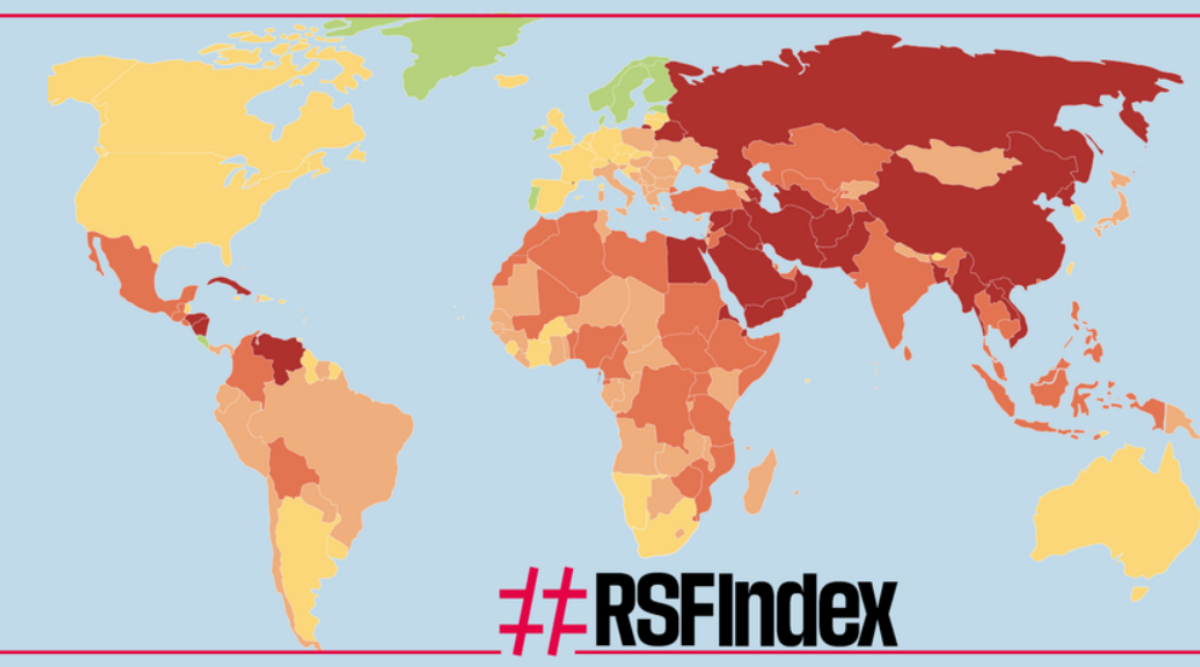Dr. Mir Anayat

A child who may present with swelling around eyes and ankle or feet with frothy urine and weight gain might indicate towards a kidney disorder called nephritic syndrome. It is a condition where the ‘filters’ in the kidney become ‘leaky’ and large amounts of protein leak from your blood into your urine. The main symptom is fluid retention (oedema) which is mainly due to the low protein level in the blood. Various diseases can cause nephritic syndrome, some more serious than others. Treatment and outcome (prognosis) vary, depending on the cause.
Adult-onset nephritic syndrome differs from childhood-onset in several important ways. Most importantly, nephritic syndrome in adults is more aetiologically heterogeneous compared to children and treatment approaches therefore rely more heavily on the histological diagnosis provided by renal biopsy. Nephritic syndrome is a common glomerular disease in children with significant variability in both incidence and steroid responsiveness among various ethnic groups. The average incidence of nephritic syndrome is 2-16.9 per 100,000 children worldwide.
More common causes of the nephritic syndrome
Primary glomerular diseases
- Minimal change glomerular disease – the most common cause in children.
- Focal segmental glomerulosclerosis – the most common cause of idiopathic nephritic syndrome in adults.
- Membranous glomerular disease.
- Membranoproliferative glomerulonephritis – primarily affects children and young adults; presents with nephritic or nephritic syndrome, or with asymptomatic renal disease.
Secondary glomerular diseases
- Infection – e:g, HIV, hepatitis B and hepatitis C, malaria, schistosomiasis, filariasis etc.
- Collagen vascular diseases – e:g, systemic lupus erythematosus, rheumatoid arthritis, Henoch-Schönlein purpura, vasculitides.
- Metabolic diseases – e:g, diabetes mellitus, amyloidosis.
- Inherited disease – e:g, Alport’s syndrome, sickle cell disease.
- Malignant disease – e:g, multiple myeloma, leukaemia, lymphoma, carcinoma of breast, carcinoma of lung, carcinoma of colon and carcinoma of stomach.
- Drugs – e:g, non-steroidal anti-inflammatory drugs (NSAIDs), captopril, lithium, gold, probenecid and many others.
- Toxins – e:g, bee sting, snake bites, phytotoxins.
- Pregnancy – e:g, pre-eclampsia.
- Transplant rejection.
Symptoms
- In children, facial swelling is a common presenting feature, with periorbital oedema often being the first evidence that something is wrong; oedema may progress to involve the whole body.
- Adults tend to present with peripheral oedema affecting the ankles and legs, which may progress to involve the whole body.
- Some patients may notice frothiness of their urine.
- Hypercoagulability may manifest as venous or arterial thrombosis – e:g, deep vein thrombosis, myocardial infarction.
- Recurrent infections and/or general fatigue, lethargy, poor appetite, weakness or episodic abdominal pain may cause presentation to a doctor.
Signs
Clinical signs of nephritic syndrome include:
Oedema (oedema of dependent parts or generalised oedema are the main clinical findings): periorbital oedema (facial oedema may be found in children), lower limb oedema, oedema of the genitals, ascites.
Tiredness.
- Leukonychia (white nails).
- Breathlessness: pleural effusion (occasionally, severely hypoalbuminaemic cases may have pleural effusions or ascites), fluid overload (high jugular venous pressure), acute kidney injury.
- Breathlessness with chest pain: pulmonary embolism, myocardial infarction.
- Dyslipidaemia: eruptive xanthomata, xanthelasmata.
Investigations:
- Urine dipstick analysis: proteinuria and check for microscopic haematuria.
- Midstream urine for microscopy, culture and sensitivities to exclude urinary tract infection.
- Quantify proteinuria using an early morning urinary protein:creatinine ratio or albumin:creatinine ratio.
- FBC and coagulation screen.
- Renal function tests.
- LFTs (to exclude liver pathology); bone profile (calcium, phosphate, alkaline phosphatase).
- Check for other systemic diseases and causes of nephritic syndrome:
- ESR and CRP.
- Fasting glucose.
- Immunoglobulins, serum and urine electrophoresis.
- Autoimmune screen if an underlying autoimmune disease is suspected: autoantibodies and complement levels.
- Hepatitis B and hepatitis C; HIV.
- CXR and abdominal or renal ultrasound scan (especially if renal function is abnormal): to check for pleural effusion or ascites, the presence of two kidneys, the size and shape of the kidneys and for any urinary tract obstruction.
- Consider complications:
- Lipids – hyperlipidaemia.
- Doppler ultrasound of leg veins in suspected deep vein thrombosis.
- Abdominal ultrasound, renal vein Doppler scan, venography of the inferior vena cava, CT and MRI scanning of the abdomen if renal vein thrombosis is suspected.
- Ventilation-perfusion scan – ‘VQ’ nuclear medicine lung scan; CT, pulmonary angiography for pulmonary embolism.
- Renal biopsy under ultrasound; renal biopsy may be helpful to guide diagnosis and treatment but is not indicated in all patients with nephritic syndrome.
Management
Treatment for nephritic syndrome involves treating any underlying medical condition that may be causing your nephrotic syndrome.
Sodium and fluid restriction and high-dose diuretic treatment are indicated for most adults with nephrotic syndrome.While most children with nephritic syndrome respond to corticosteroids, 80% experience a relapsing course. Corticosteroids have reduced the mortality rate to around 3%. However, corticosteroids have well recognised potentially serious adverse effects such as obesity, poor growth, hypertension, diabetes mellitus, osteoporosis and behavioural disturbances. About 80-90% of children with steroid-sensitive nephritic syndrome (SSNS) have relapses. Vaccination: children with nephritic syndrome should have the pneumococcal vaccination. Some children are also advised to have vaccination against chickenpox between relapses. Initial management should focus on investigating the cause, identifying complications and managing the symptoms of the disease. Most patients do not require acute hospitalisation.
Management principles
- Diet and fluids:
o Reduce salt intake in the diet (avoid processed foods and adding salt to food).
o Give a diet with adequate calorific intake and sufficient protein content (1-2 g/kg daily).
o Fluid restriction is not usually necessary (if severe enough to need this then the patient may need admission).
- Hyperlipidaemia – does not initially require therapy but may do so if prolonged.
Oedema:
- Oedema is treated through diuretic therapy .Check weight regularly to assess response to diuretics and ensure fluid retention is not worsening, or that the patient is over-diuresed.
- Studies published in various journals have revealed that the children treated either with homeopathic or a combination of homeopathic and corticosteroid therapy, the severity of the symptoms they had previously experienced were reduced. Pai PN. Nephrotic Syndrome. British Homoeopathic Journal.
Complications of nephritic syndrome include:
- Decreased resistance to infections, due to urinary immunoglobulin loss.
- Increased risk of venous thromboembolism
- Acute kidney injury may rarely occur as a spontaneous complication of nephrotic syndrome. Acute kidney injury may also be caused by excessive diuresis, NSAIDs, sepsis or renal vein thrombosis.
- Chronic kidney disease may occur as a result of an underlying cause – eg, amyloidosis or diabetes.
- Steroid-resistant nephrotic syndrome is associated with a high risk of developing end-stage kidney disease.
- Increased risk of osteitis fibrosa cystica and osteomalacia due to loss of vitamin D-binding protein and its complexes in the urine, through a combination of calcium malabsorption and secondary hyperparathyroidism.
- Prognosis:-Variable depending on the underlying cause:-
- Congenital nephrotic syndrome usually carries a very poor prognosis.
- Corticosteroids have reduced the mortality rate in children to around 3%.
- Outlook for the vast majority of children with minimal change nephritic syndrome is excellent, with good response to steroids, although there may be relapses and a need to use alternative immunomodulatory drugs.
- Adult prognosis is variable and largely related to the underlying cause, its severity, progression and response to any treatment used to modify it.










